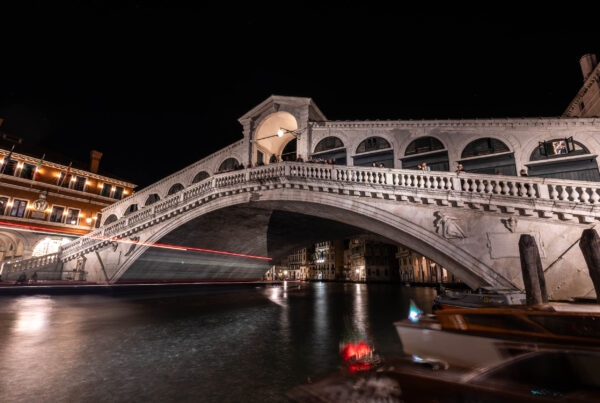Venice Entrance Fee 2025: What You Need to Know to Visit Responsibly
Planning a trip to Venice? Starting in 2024, the city introduced an entrance fee for day visitors to help manage overtourism and preserve its cultural heritage. In this guide, you’ll discover how the Venice entrance fee works, who needs to pay, and practical tips to enjoy Venice without the crowds.
What Is the Venice Entrance Fee?
The Venice entrance fee is a daily charge introduced by the city of Venice in 2024 to reduce overtourism and protect the fragile lagoon city.
The fee applies to day-trippers and ranges from €3 to €10, depending on the season, special events, and the number of visitors on a given day.
Its purpose is simple: to ease congestion during peak times, limit the negative effects of mass tourism, and safeguard Venice’s infrastructure for generations to come.
Who Needs to Pay?
The fee applies only to day visitors who do not stay overnight in Venice.
If you have a hotel, guesthouse, or apartment booking within the city, you are exempt from the entrance fee since you already contribute through the Venice tourist tax.
How to Pay the Venice Fee
Payment can be made online via the official Venice tourism portal or at designated kiosks within the city.
After payment, visitors receive a QR code or receipt, which must be kept on hand to show inspectors if requested.
Failure to present proof of payment may result in fines.
Why Venice Introduced the Entrance Fee
Venice has faced one of the world’s most pressing overtourism problems.
The daily influx of thousands of visitors, especially from cruise ships and day trips, has caused:
- Damage to historic landmarks and delicate structures built on the lagoon.
- Rising living costs and reduced quality of life for residents.
- Overcrowded piazzas, bridges, and canals, especially around St. Mark’s Square and the Rialto Bridge.
The Impact of Overtourism
Overtourism in Venice has not only strained the city’s infrastructure but also disrupted its cultural identity.
Constant crowds accelerate the deterioration of centuries-old buildings and increase pollution in the lagoon.
Many Venetians have been forced to move away, leaving the city with fewer than 50,000 residents in the historic center.
What Venice Is Doing to Protect Itself
Beyond the entrance fee, Venice has adopted several strategies to make tourism more sustainable:
- Seasonal management: encouraging travel in the off-season instead of peak summer months.
- Controlled access: limiting access to overcrowded areas during major events.
- Promotion of hidden gems: inviting visitors to explore neighborhoods like Cannaregio, Dorsoduro, and Castello.
Tips to Avoid Crowds and Travel Responsibly
Here’s how to make your Venice trip memorable, authentic, and respectful:
- Travel off-season: Late autumn, winter, and early spring mean fewer crowds and a calmer Venice.
- Start early or go late: Visit St. Mark’s Square or Rialto Bridge at sunrise or after sunset for a unique experience.
- Explore beyond the icons: Discover quiet corners such as Giudecca Island or the Jewish Ghetto in Cannaregio.
- Support locals: Dine in family-run trattorias, shop from artisan workshops, and stay in locally owned accommodations.
Conclusion
Understanding the Venice entrance fee and the city’s fight against overtourism is essential for a responsible visit.
By respecting the rules, choosing the right time to travel, and exploring beyond the tourist hotspots, you can help preserve the magic of Venice for future generations.
Looking for a unique way to experience the city while supporting local professionals?
Book your Venice photoshoot
with a professional photographer and take home timeless memories beyond the crowds.
For official information about the fee, visit the
Venice tourism website.






One Comment